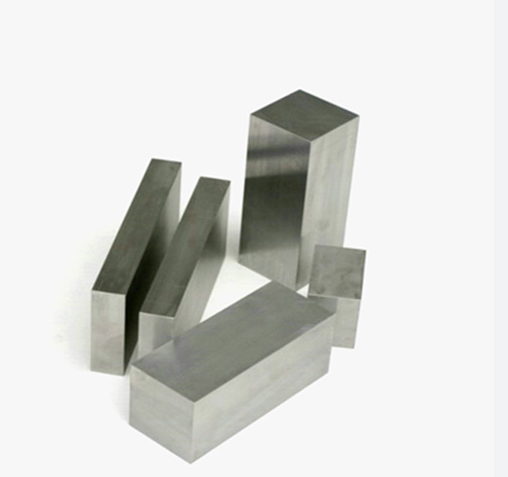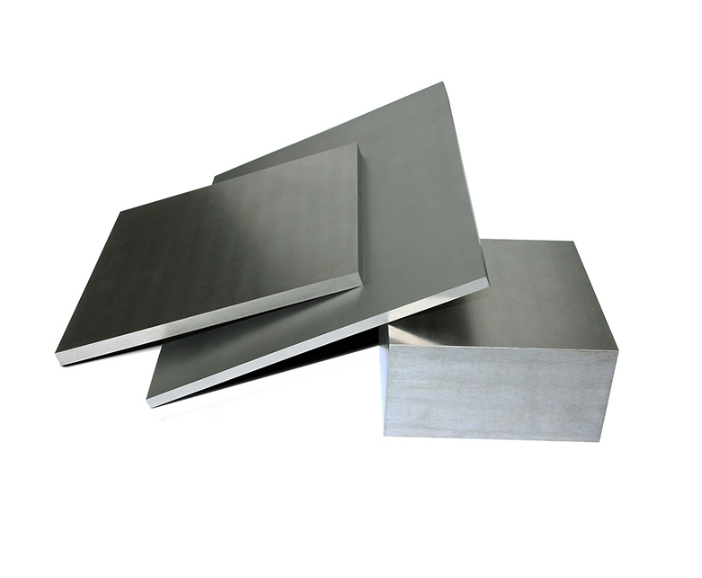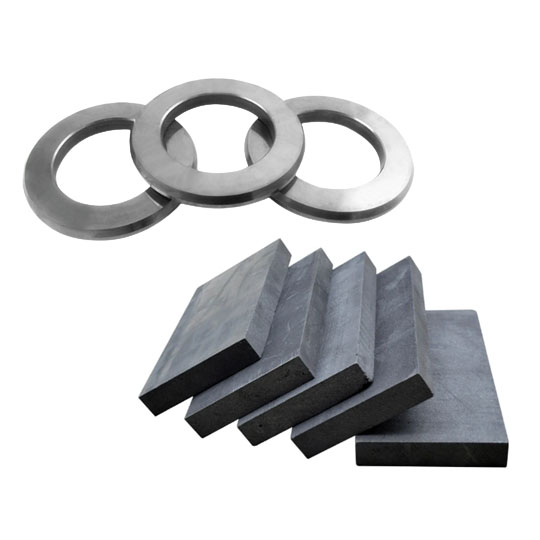Why Carbide Rods Are Ideal for Aerospace Alloys
Now let’s talk about the hero of our story: carbide rods. Picture them as the special ops team of the machining world. These aren’t your run-of-the-mill drill bits; they’re engineered for battle, especially when it comes to taking on the toughest aerospace alloys.
Tungsten carbide, the material used in these rods, is one of the hardest substances on Earth—second only to diamonds. It’s made by mixing tungsten with carbon at super-high temperatures to form a compound that’s crazy hard and super wear-resistant.
But what makes them a game-changer?
- Superior hardness: Perfect for cutting through stubborn aerospace alloys like titanium and Inconel.
- Heat resistance: Carbide stays cooler, longer. That means less tool wear and more precise cuts.
- Dimensional stability: Carbide rods hold their shape like a champ, even under high stress.
- Longer tool life: Compared to HSS (high-speed steel), carbide tools last up to 10x longer.
So, whether you’re precision milling a jet engine blade or boring through a heat shield bracket, carbide rods don’t just survive—they thrive.
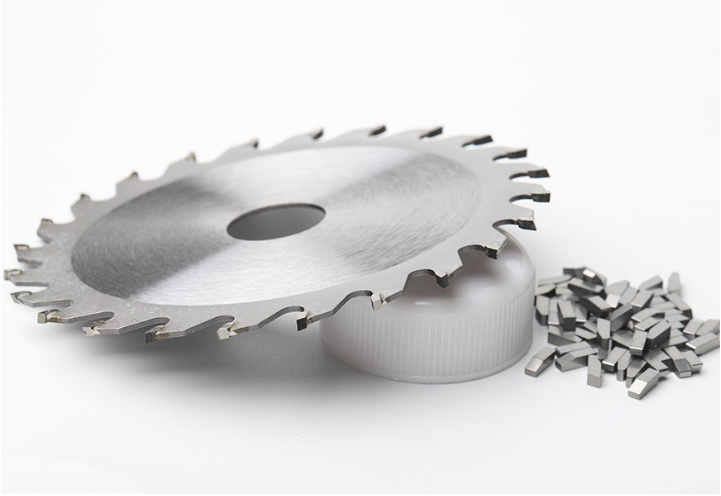
Choosing the Right Carbide Rods for Aerospace Alloys
Selecting the right carbide rod isn’t just about grabbing the hardest stick on the shelf. It’s about knowing your alloy, your machining process, and your end goal. Here are a few key factors to chew on:
1. Grade Composition
Carbide rods come in various grades, depending on the cobalt content and grain size.
- Submicron grain: Best for high-speed finishing of titanium and nickel alloys.
- Ultra-fine grain: Great for drilling and milling with tight tolerances.
2. Coatings
Think of coatings like armor. Coated rods have better resistance to heat and oxidation.
- TiAlN (Titanium Aluminum Nitride): Excellent for dry machining at high speeds.
- TiCN (Titanium Carbonitride): Tougher coating for interrupted cuts.
3. Application Type
- Drilling: Go for higher rigidity to avoid deflection.
- Milling: Choose balanced rods that can handle lateral stress.
- Turning: Needs rods with excellent vibration dampening.
4. Tolerance and Straightness
Precision matters in aerospace. Go for rods with h6 tolerance or better. Trust me, it makes a difference.
Specific Metal Powder Models for Carbide Rods Used in Aerospace Applications
Here’s where it gets nerdy. These specific models of carbide powders are the backbone of aerospace tooling. Each one brings something unique to the table.
| Powder Model | Composition Details | Best Used For | Properties |
|---|---|---|---|
| WC-Co 10% Submicron | 90% Tungsten Carbide, 10% Cobalt | General aerospace alloy cutting | High wear resistance, good toughness |
| WC-Co 6% Ultrafine | 94% WC, 6% Co | Finishing of titanium alloys | High edge retention, fine surface finish |
| WC-CoCr 12% | 88% WC, 10% Co, 2% Cr | High-temp alloys like Inconel | Enhanced oxidation resistance |
| WC-Ni 15% | 85% WC, 15% Nickel | Corrosive environments | High corrosion resistance |
| WC-TaC-Co | WC with Tantalum Carbide & Cobalt | Abrasive aerospace composites | High fracture toughness |
| WC-CoTi 8% | WC, Cobalt, Titanium | Interrupted cuts | Shock resistance |
| WC-Co 5% Nano-Grain | WC with nanoscale grains | Ultra-precision cutting | Extreme hardness |
| WC-Co-V 12% | WC, 12% Co, Vanadium | All-purpose aerospace machining | Balanced wear and toughness |
| WC-Co-Al 8% | WC, Cobalt, Aluminum | High-speed drilling | Thermal stability |
| WC-Co-Cr 10% Spray-Dried | Agglomerated mix | Coated tool substrates | High density, uniform grain distribution |
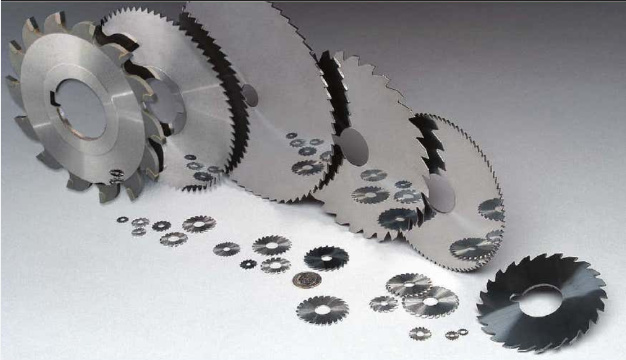


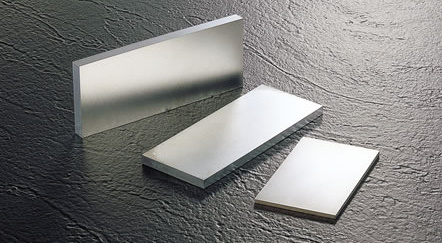
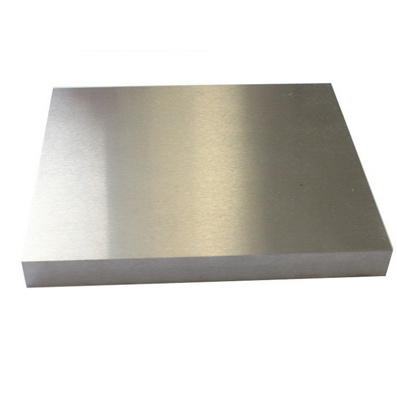
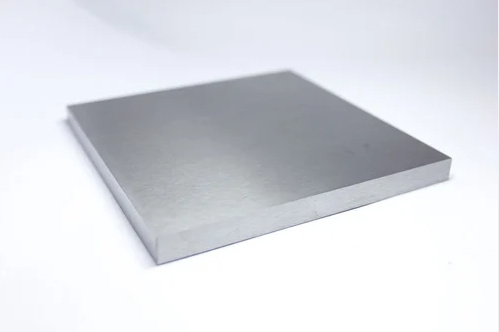
Trends and Innovations in Aerospace Machining
Machining technology isn’t standing still. Aerospace demands are evolving, and the tools are too. Here are some exciting trends shaping the game:
| Innovation | Description | Impact on Aerospace Machining |
|---|---|---|
| Hybrid Ceramic-Carbide Rods | Blending carbide cores with ceramic layers | Higher temperature tolerance |
| Nano-Coated Tools | Multi-layer nano coatings (like AlTiN) | Prolonged tool life, reduced wear |
| Smart Machining Sensors | Embedded sensors in tool holders | Real-time feedback and wear tracking |
| 3D Printed Carbide Inserts | Complex geometries made additive | Custom shapes, less material waste |
| Cryogenic Machining | LN2 used for cooling | Cleaner cuts, extended tool life |
| Toolpath Optimization AI | AI-generated optimal cutting paths | Time savings, better surface finish |

FAQs
| Question | Answer |
|---|---|
| What are carbide rods made of? | Mostly tungsten carbide and cobalt, sometimes with additives like chromium or tantalum for special properties. |
| Are they better than high-speed steel (HSS)? | Yes, especially for hard-to-machine aerospace alloys. They last longer, stay sharper, and handle heat better. |
| Can I use carbide rods for titanium? | Absolutely. Use fine or submicron grain with the right coating like TiAlN for best results. |
| What’s the biggest downside? | They can be brittle compared to steel, so improper handling or extreme vibration can cause chipping. |
| How do I choose the right one? | Consider your application: material, cutting speed, environment, and machine type. Then match with grain size, composition, and coating. |
| What’s the typical lifespan? | Depends on usage, but carbide tools can last 3x to 10x longer than traditional tools. |
| Is coating necessary? | Not always, but coatings significantly improve performance, especially at high speeds or dry machining. |
| What kind of maintenance is needed? | Keep tools clean, monitor wear, and store them properly to avoid chipping or oxidation. |
| Can I sharpen carbide tools? | Yes, but it requires diamond grinding tools and precision machinery. |
| Who are the top suppliers? | Brands like Kennametal, Sandvik, Ceratizit, Mitsubishi, and Seco lead the market in quality and innovation. |

